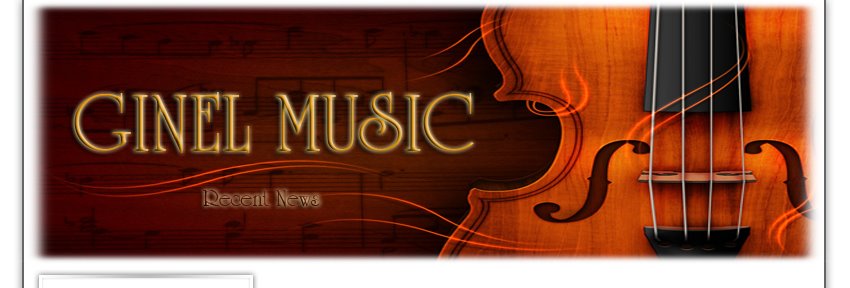
Carl E. Seashore, who died in 1949, did pioneering research in audiology and the psychology of music. He analyzed vocal vibrato in modern Western classical singing by quantifying recordings of singers. In 1938 in “Psychology of Music,” he described the components: “A good vibrato is a pulsation of pitch, usually accompanied with synchronous pulsations of loudness and timbre, of such extent and rate as to give a pleasing flexibility, tenderness and richness to the tone.”
He also suggested that the three components could be heard and practiced. He described the ideal classical pitch component as varying by no more than a semitone around the main note. (Modern “pop” vibrato tends to vary more in amplitude than in pitch.)
Vibrato involves the muscles of the larynx and surrounding structures, including the tongue, epiglottis and pharyngeal wall. It is usually described as a rhythmic contraction and relaxation of the muscles surrounding the larynx.
How to teach singers to achieve a vibrato without exaggerating any component is controversial. A 2006 study in Journal of Voice by Johan Sundberg and others found that professional training seems to develop it without conscious effort. In 22 students before and after three years of professional singing education, the study measured the top note in a three-note pattern sung loudly and softly, with the top note held about five seconds. After three years, voices with vibratos slower than 5.2 cycles per second had speeded up, and voices with vibratos faster than 5.8 cycles per second had slowed down.




No comments:
Post a Comment